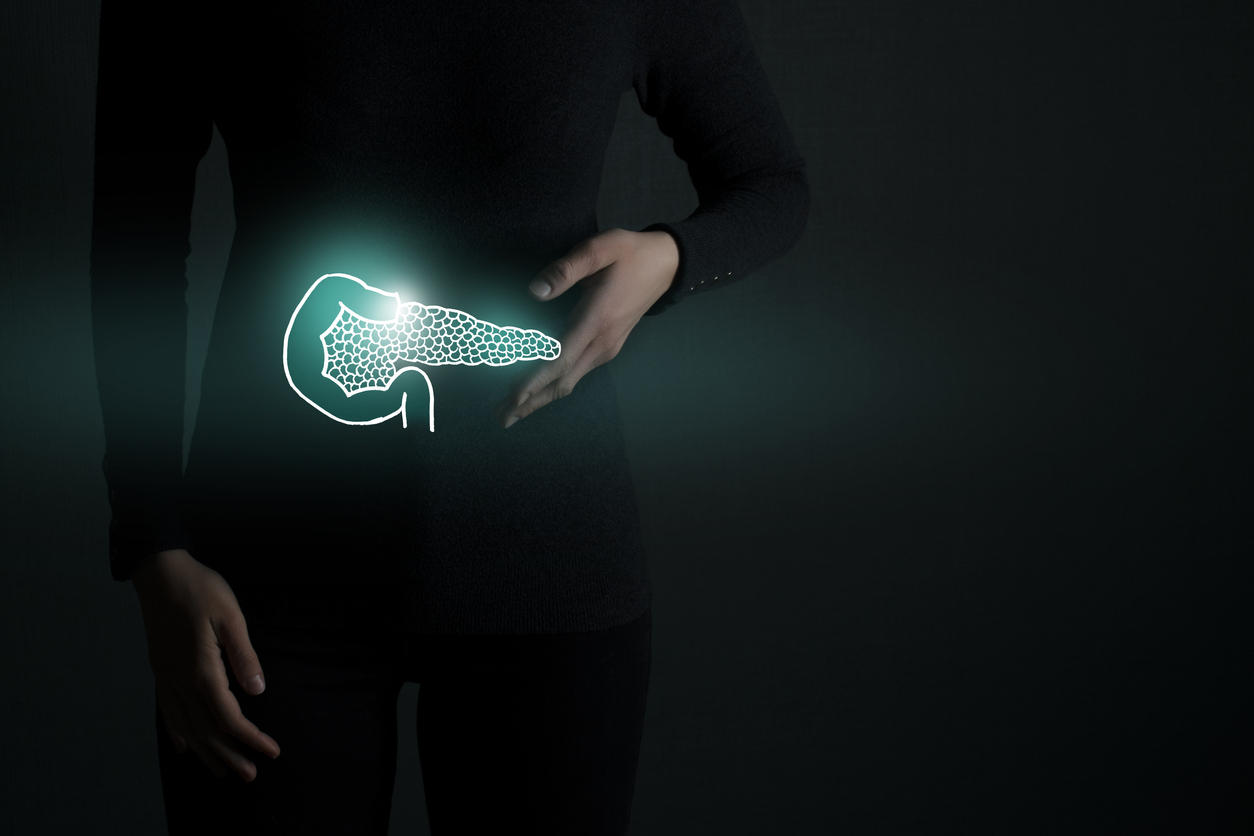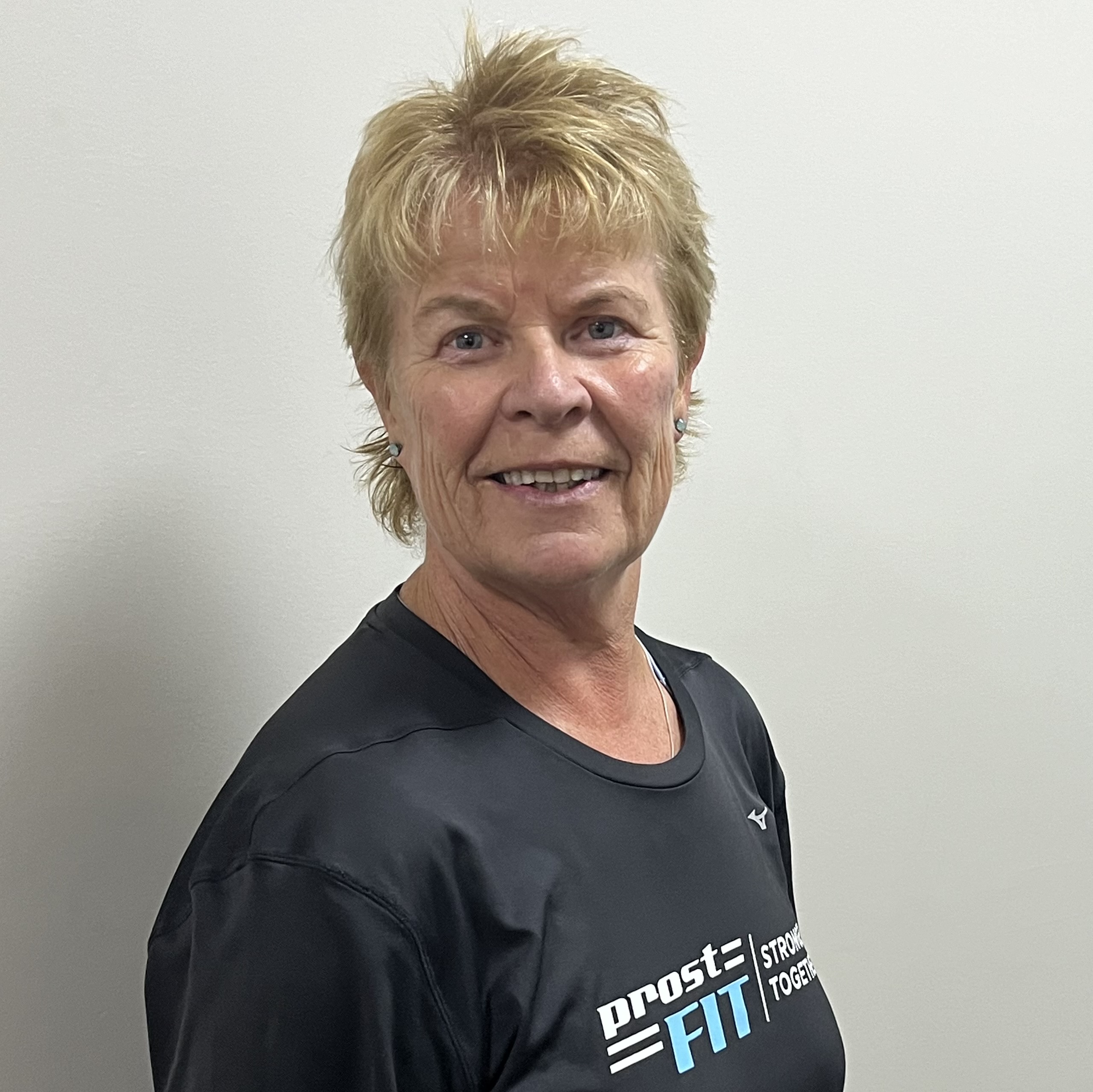Meet Anne. She has come to you because her GP has recommended that she start exercising on a regular basis. She is 57 and overweight. Her previous exercise experience is walking the dog until last year, the occasional yoga class and swimming with her grandchildren every second week.
The tipping point for Anne to take her courage in both hands and come to you is that her HbA1c score is 49mmol/mol – which as her GP explained puts her right on the edge of diabetes. If this score doesn’t come down to below 48mmol/mol, he will prescribe medication, but he would prefer she makes lifestyle changes first to try to avoid that outcome. He then explained that if her HbA1c continues to rise, she will become a Type 2 diabetic, which may require insulin injections.
What is HbA1c measuring?
This is a measure of glycated haemoglobin, which is the amount of glucose that sticks to the red blood cells. Normal HbA1c scores are below 42mmol/mol or less than 6% of glucose sticking to the cells. If the score is higher than this, it is a sign that the body is not processing glucose efficiently – AKA insulin resistance – and is an indication of pre-diabetic or diabetic status. Between 42-48mmol/mol (6.5-7%) is considered pre-diabetic and over 49mmol/mol (>7%) is classified as diabetic. At this stage, either medication (most commonly Metformin) to help stimulate the pancreas to produce what insulin it is able to, or insulin injections, are the required interventions.
As blood cells regenerate every two to three months, the HbA1c test is only done every three months.
Recommended onboarding process for Anne
We highly recommend you check out Kris’ Obesity and Diabetes course so that not only you feel confident but so you can work safely with a diabetic client ✔️
During your initial consultation and in conjunction with meeting Anne, you discover the following:
- She has just tipped the scales at 11 stone (the heaviest she has ever been in her life) and the extra weight she is carrying is all visceral (around her torso).
- She has some osteoarthritis in her knees and they are stiff and a bit uncomfortable at times.
- She is on blood pressure medication.
- She is very concerned about potentially becoming an insulin-dependent diabetic as she has a neighbour who is in that situation who she said “seems very unhealthy and goes to the hospital a lot”.
- She is not very confident about exercising in a gym.
There are three possible areas of support at this stage and below are examples of how you might explain these to Anne.
- Exercise
“Exercise will help you in numerous ways. First and foremost, it will improve the way your body manages your blood sugars so, instead of glucose getting stored because you aren’t needing it for exercise and then putting your pancreas under pressure to produce insulin, it will be taken up by the cells in your muscles. Not only will it exercise help on the diabetes front, but it will contribute to you managing your weight. Exercising regularly will also help with your blood pressure AND with the arthritis in your knees; if you are more comfortable exercising because your knees hurt less, you are more likely to exercise more. It’s a win/win!”
- Weight loss
We know that weight loss will help Anne in all the areas of concern (blood sugar management, OA in knees, blood pressure and self-esteem/confidence). Without overstepping your scope of practice (as you are a fitness professional and not a dietitian), you can still guide/support Anne to make changes in this area, which will have huge knock-on positive effects on her physical abilities and progress.
The sort of questions/discussion you might like to have are as follows: “The doctor suggested lifestyle changes to you – does that include diet/nutrition and possibly losing weight do you think? If so, did the doctor suggest any strategies to lose weight?” If not, “What do you think you could do? How can I best support you with this?”
- Motivation
By employing some simple motivational interviewing and behavioural change techniques with Anne, you will be able to pull out her ‘whys’. It is crucial for her to have identified and verbalised why it is important to her to make the changes required, as she needs to have the self-motivation to stick with the exercise plan you make together for the times when she is not training with you.
The following script will give you some guidance:
“OK Anne, I’ve got a fair idea of what is going on for you, but I’d like for you to tell me in your own words what the key reasons are that you want to exercise regularly; what will be the benefits to you as you see them?” (Make a note of these.)
“And what might not be so good about exercising regularly?” (This will uncover her barriers and concerns about exercise.)
“What are your concerns if you don’t make these changes and we meet up some time in the future, say in one year or five years’ time, for example. Where will you be then?”
The response from clients to this question is usually quite emotive and in Anne’s case could be things such as:
“I’ll be diabetic and having to inject myself! I’ll hate that.”
“I’ll be fat and not able to move like my neighbour.”
“I won’t be able to play with/look after my grandchildren.”
If you make a note of these answers, you will be able to come back to them if Anne’s motivation wanes. You can do this in the following way:
“OK Anne, so it hasn’t been a good time for you over the last few weeks. Let me ask is it still a concern you have that:
- you won’t be able to play with your grandchildren
- you will put on weight and not able to move like your neighbour
- you will have to inject yourself with insulin.”
You can choose to bring up all these concerns or just selected ones. What you are effectively doing is reminding Anne of what she said and how she felt. Hopefully, you will put her back in touch with her emotions and her motivation will be reignited. Be sure to use her words or description rather than your own re-interpretation.
You should, of course, discuss why her plan has gone awry and brainstorm some solutions/changes that can be made.
Exercise prescription
Cardio and resistance
Both should be of moderate intensity (given Anne’s exercise experience and current activity) and progressive. Increase the resistance by only 10-20% once 12-15 reps can be comfortably executed and with good form.
Other factors to consider:
- Begin with a graduated and extended warm-up (5-10 mins).
- Start with a shorter duration of total exercise (30-40 mins).
- Consider using an interval modality – switching between resistance and cardio.
- Allow recovery by alternating high with low intensity.
- Monitor exercise response throughout workout (use RPE scale).
- Monitor blood sugars (if Anne has a testing kit) at the end of the session.
Knee strengthening
By incorporating specific knee-strengthening exercises, Anne’s functionality will improve enormously. These can include: seated static quad contractions (rolled up towel under knee), straight leg raises and leg extensions.
Also work on glutes, hip abductors and hamstrings.
Sit less/move more
This applies to all of us but especially for someone like Anne. Encourage her to get up every 20 minutes from her computer (she works as an administrator 25 hours a week) and take at least 20 paces to somewhere else (toilet/kitchen/outside). Some stretching would be great too. Call this her ‘butt break’.
Walking after dinner
The literature is very consistent that a walk around 30 minutes after the evening meal will help significantly in managing blood glucose.
Want to learn more and feel confident working with a Diabetic client? Head to our Obesity and Diabetes course from Kris Tynan. Remember it is always essential we work within our scope of practice and also be sure to check your level of insurance cover ✔️








